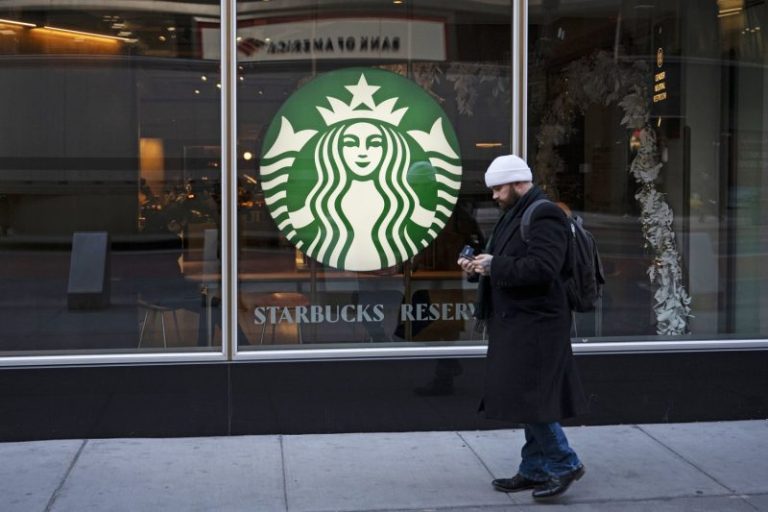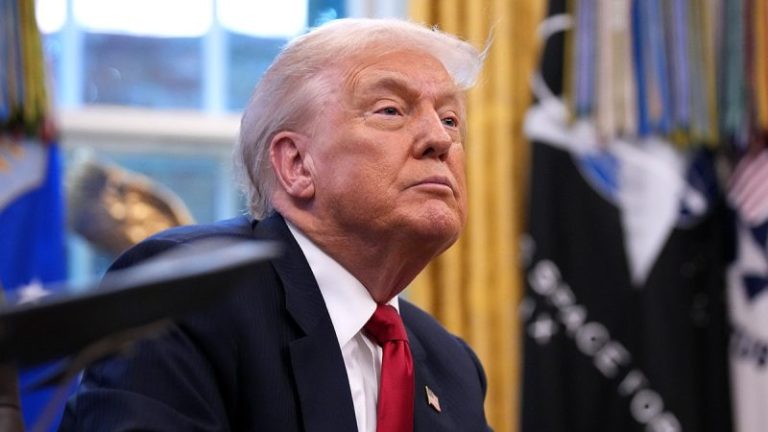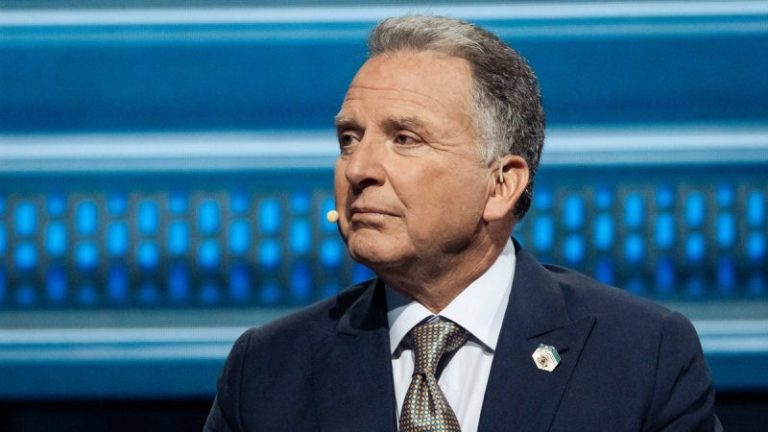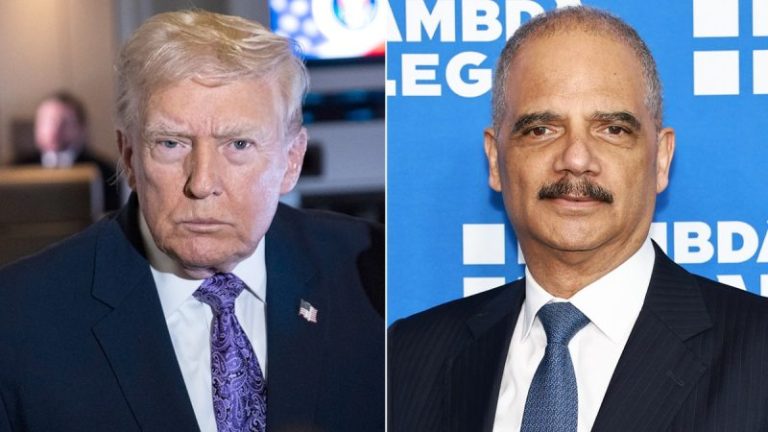Saga Metals Corp. (‘SAGA’ or the ‘Company’) (TSXV: SAGA,OTC:SAGMF) (OTCQB: SAGMF) (FSE: 20H) a North American exploration company advancing critical mineral discoveries, is pleased to announce the successful completion of the first phase of drilling in the Trapper Zone’s northern section (‘Trapper North’) including four drill holes over 1,073 m and has initiated phase 2 in the south (‘Trapper South’) including two drill holes over 445 m completed to date. Phase 1 and 2 drill holes have intercepted and confirmed extensive oxide mineralization over 1.5 km of the 3+ km strike within the Radar Project’s Trapper Zone.
Highlights
- R-0008, -0009 and -0010 on Drill Section N-11 transected the magnetic anomaly and demonstrated a likely structural repetition of the cumulate oxide layers dominated by semi-massive to massive cumulate oxides, confirming the strong magnetic response.
- R-0008: Comprising semi-massive to massive oxide mineralization, with a cumulative total of 156 m of core length.
- R-0009: Over half the length of the hole intersected semi-massive to massive oxide layering, with a cumulative total of 165 m of core length.
- R-0010: Was drilled off the same drill pad as R-0009 to test the NE limb of the fold. R-0010 contained a cumulative core intercept of 139.5 m of semi-massive to massive oxides, as well as 11.5 m of intercumulus oxide in 251 m of coring.
- R-0011 : Intersected equal portions of semi-massive to massive cumulate oxides and intercumulus oxides. Importantly, the drilling encountered a separate unit of rhythmic banded oxide mineralization.
- R-0012 & R-0013: Are the first two drill holes of the initial cross section in Trapper South and contains rhythmic oxide layering and further confirms oxide mineralization over 1.5 km of the 3+ km strike within the Trapper Zone.
Figure 1: Location of the Phase 1 and Phase 2 of Fall 2025 Drilling at Trapper Zone, showing the TMI of the 2025 Trapper Zone ground magnetic survey.
Figure 2: A Gladiator Driller crew member carefully places core from R-0013 into the core box at the drill in Trapper Zone.
Drill Hole Program Details
Phase 1 of drilling in the Trapper North Zone targets a strong magnetic anomaly delineated in the 2025 ground geophysical survey. The anomaly traces the shape of an apparent fold structure. Drilling fences are oriented to cross the fold structure at right angles, with drilling directions of mostly N038°E. A total of 1,073 m of drilling has been completed in four diamond drill holes. Phase 2 is focused on Trapper South and will concentrate on multiple fences through the magnetic anomalies. A total of 445 m has been completed in two diamond drill holes thus far.
Drilling is conducted with oriented drill core to provide definitive structural information. Dr. Boukare Tapsoba, of Cambria Geological Inc., is attending the first phase of drilling to establish robust protocols for documenting the magmatic layering, folding and mylonitic shearing.
- R-0008 (Azimuth 38°, Dip -45°, EOH 272 m) , was collared in the SW limb of a large fold closure in gabbronorite in Trapper North. Over half the length of the hole passed through intervals of semi-massive to massive oxide mineralization, with a cumulative total of 156 m out of 272 m of core length.
- R-0009 (Azimuth 38°, Dip -45°, EOH 299 m) , tested the remainder of the Trapper North fold structure. The drill hole was collared to intercept the NE limb of the fold and to complete the cross-section started with R-0008. Over half the length of the hole intersected semi-massive to massive oxide layering, with a cumulative total of 165 m out of 299 m of core length.
- R-0010 (Azimuth 0°, Dip -45°, EOH 251 m) , was drilled off the same drill pad as R-0009 to verify the most appropriate angle for drilling the NE limb of the fold. Additionally, this hole provides a control for understanding the structural position of a mylonitic shear that occupies the fold’s axial plane. R-0010 contained a cumulative core intercept of 139.5 m of semi-massive to massive oxides, as well as 11.5 m of intercumulus oxide in 251 m of coring.
- R-0011 (Azimuth 0°, Dip -45°, EOH 251 m), the fourth drill hole in Trapper North was a 100 m step out to the east from R-0009 & R-0010. The hole successfully demonstrated the continuity of the semi-massive to massive layering while also intersecting a unit of Rhythmic Magnetite layering, similar to the holes drilled in Hawkeye in Q1 of 2025. R-0011 intercepted a cumulative interval of 58.3 meters of semi-massive to massive oxide, 27.39 meters of intercumulus and 52.12 meters of rhythmic magnetite banding.
Drilling on Section N-11, in diamond drill holes R-0008, -0009, and -0010, demonstrated variations in the structural attitude that map an open anticline in the semi-massive to massive oxides. The exceptional thickness of the oxide units on Section N-11 is partly due to the structural repetition of the units. A mylonitic shear zone occupies the axial plane of the fold. Significantly, this drilling tested both the SW and NE limbs of the fold structure and was dominated by semi-massive to massive cumulate oxides, confirming the strong magnetic response. Assays are pending.
Figure 3: Cross-Section N-11 showing R-0008, -0009, -0010 and -0011 with the 3D Magnetic Inversion of the 2025 Trapper Zone ground magnetic survey.
Drill Core Sample Update
Saga Metals has successfully shipped the first 420 core samples from the Fall 2025 Drill Program. A close sample spacing of 0.5 to 1.0 m was used in the Hawkeye zone Q1 drill program of 2025. After reviewing the assay results on that zone, the team has reduced the sampling interval to 2.0 m.
The first 420 samples include 202 from the complete R-0008 drill hole and 218 from the complete R-0009 drill hole. These samples were shipped at the start of this week and are expected to arrive by the end of the week, with assay results available within 3 to 4 weeks.
Figure 4: R-0012 DDH at Trapper South with a full stack of core boxes ready for logging.
Figure 5: Geologists Boukare Tapsoba, Grace Mombourquette and Katie Ward in the core shack. Both the drillers and geologists have benefited from competent ‘stick’ rock, as seen in the core held up by Boukare Tapsoba.
Next Steps
Drill has successfully moved from Trapper North to Trapper South and has begun drilling a four-hole section across the linear magnetic anomalies with the zone. R-0012 and R-0013 are completed, and Gladiator Drilling has successfully moved the drill shack to the site of R-0014 with drilling already underway.
With the same concept of the first four holes in the North, drilling in the South will concentrate on multiple fences through the magnetic anomalies to allow Saga’s geological team to best understand and plan for the remainder of the mineral resource estimate drill program that will continue in Q1 of 2026.
‘Saga Metals Radar Project, Fall 2025 Drill Program is aggressively testing for the presence of, and continuity of layered magnetite mineralization that has been defined by their recent ground magnetic surveys. Their targeting of fold noses is logical, and their use of oriented core to define layering attitudes and facing directions will greatly aid their geological interpretation of these large, property-scale folded formations. Their early use of structural geological expertise is well thought out and will be of great value in the definition of this emerging layered mafic intrusive complex,’ commented Vernon Shein, former B2Gold Executive & Advisory Board Member of Saga Metals.
Drill Program Objectives:
The Phase 1 Trapper Zone drill campaign will target:
- Grade continuity across a 3 km strike length.
- Oxide layering widths and continuity to true depths of about 200 meters.
- Integration of structural insights from trenching and drilling into collar orientation and drill design.
- Initial drilling of ~2,000 meters in 8 holes, each averaging about 250 m in depth, will be completed before the December break.
- Test both the North and South sections of the Trapper zone before the seasonal break to fully determine grades, widths and structures before initiating the detailed grid and drill sections in 2026 for a mineral resource estimate.
- Drilling will be complemented by metallurgical sampling through the winter, with core from both the Hawkeye and Trapper zones undergoing detailed metallurgical testing.
Figure 6: Radar Project’s Trapper Zone depicting a 3+ km Total Magnetic Intensity (TMI) anomaly from the 2025 ground survey and the oxide layering trend. The Trapper Trail (in black) will be the target of the planned 15,000 m diamond drilling program aimed at establishing Saga’s maiden mineral resource estimation.
The Radar Property spans 24,175 hectares and hosts the entire Dykes River intrusive complex (~160 km²), a unique position among Western explorers. Geological mapping, geophysics, and trenching have already confirmed oxide layering across more than 20 km of strike length, with mineralization open for expansion.
Vanadiferous titanomagnetite (‘VTM’) mineralization at Radar is comparable to global Fe–Ti–V systems such as Panzhihua (China), Bushveld (South Africa), and Tellnes (Norway), positioning the Project as a potential strategic future supplier of titanium, vanadium, and iron to North American markets.
Figure 7: Radar Project’s prospective oxide layering zone extends for an inferred 20 km strike length, as shown on a compilation of historical airborne geophysics as well as ground-based geophysics in the Hawkeye and Trapper zones completed by SAGA in the 2024/2025 field programs. SAGA has demonstrated the reliability of the regional airborne magnetic surveys after ground-truthing and drilling in the 2024 and 2025 field programs .
Corporate Update
Additionally, further to SAGA’s news release dated May 27, 2025, where it announced the completion of the first tranche of a private placement of units (the ‘ May Placement ‘), the Company has paid additional cash finder’s fees in the amount of $1,659 and issued an additional 5,530 finder’s warrants. The total finder’s fees paid by the Company in connection with the first tranche of May Placement were $33,369.01 in cash and 114,146 finder’s warrants.
The Company also announces that further to its news release dated October 10, 2025 where it announced the completion of a private placement of units (the ‘ October Placement ‘), the Company has paid additional cash finder’s fees in the amount of $21,187.88 and issued an additional 77,546 finder’s warrants. The total finders fees paid by the Company in connection with the October Placement were $151,190.88 in cash and 555,750 finder’s warrants.
Qualified Person
Paul J. McGuigan, P. Geo., is an Independent Qualified Person as defined under National Instrument 43-101 and has reviewed and approved the technical information disclosed in this news release.
About Saga Metals Corp.
Saga Metals Corp. is a North American mining company focused on the exploration and discovery of a diversified suite of critical minerals that support the North American transition to supply security. The Radar Titanium Project comprises 24,175 hectares and entirely encloses the Dykes River intrusive complex, mapped at 160 km² on the surface near Cartwright, Labrador. Exploration to date, including a 2,200m drill program, has confirmed a large and mineralized layered mafic intrusion hosting vanadiferous titanomagnetite (VTM) with strong grades of titanium and vanadium.
The Double Mer Uranium Project, also in Labrador, covers 25,600 hectares featuring uranium radiometrics that highlight an 18km east-west trend, with a confirmed 14km section producing samples as high as 0.428% U 3 O 8 and uranium uranophane was identified in several areas of highest radiometric response (2024 Double Mer Technical Report).
Additionally, SAGA owns the Legacy Lithium Property in Quebec’s Eeyou Istchee James Bay region. This project, developed in partnership with Rio Tinto, has been expanded through the acquisition of the Amirault Lithium Project. Together, these properties cover 65,849 hectares and share significant geological continuity with other major players in the area, including Rio Tinto, Winsome Resources, Azimut Exploration, and Loyal Metals.
With a portfolio that spans key commodities crucial for the clean energy future, SAGA is strategically positioned to play an essential role in critical mineral security.
On Behalf of the Board of Directors
Mike Stier, Chief Executive Officer
For more information, contact:
Rob Guzman, Investor Relations
Saga Metals Corp.
Tel: +1 (844) 724-2638
Email: rob@sagametals.com
www.sagametals.com
Neither the TSX Venture Exchange nor its Regulation Service Provider (as that term is defined in the policies of the TSX Venture Exchange) accepts responsibility for the adequacy or accuracy of this release
Cautionary Disclaimer
This news release contains forward-looking statements within the meaning of applicable securities laws that are not historical facts. Forward-looking statements are often identified by terms such as ‘will’, ‘may’, ‘should’, ‘anticipates’, ‘expects’, ‘believes’, and similar expressions or the negative of these words or other comparable terminology. All statements other than statements of historical fact, included in this release are forward-looking statements that involve risks and uncertainties. In particular, this news release contains forward-looking information pertaining to the Company’s Radar Project. There can be no assurance that such statements will prove to be accurate and actual results and future events could differ materially from those anticipated in such statements. Important factors that could cause actual results to differ materially from the Company’s expectations include, but are not limited to, changes in the state of equity and debt markets, fluctuations in commodity prices, delays in obtaining required regulatory or governmental approvals, environmental risks, limitations on insurance coverage, inherent risks and uncertainties involved in the mineral exploration and development industry, particularly given the early-stage nature of the Company’s assets, and the risks detailed in the Company’s continuous disclosure filings with securities regulations from time to time, available under its SEDAR+ profile at www.sedarplus.ca. The reader is cautioned that assumptions used in the preparation of any forward-looking information may prove to be incorrect. Events or circumstances may cause actual results to differ materially from those predicted, as a result of numerous known and unknown risks, uncertainties, and other factors, many of which are beyond the control of the Company. The reader is cautioned not to place undue reliance on any forward-looking information. Such information, although considered reasonable by management at the time of preparation, may prove to be incorrect and actual results may differ materially from those anticipated. Forward-looking statements contained in this news release are expressly qualified by this cautionary statement. The forward-looking statements contained in this news release are made as of the date of this news release and the Company will update or revise publicly any of the included forward-looking statements only as expressly required by applicable law.










